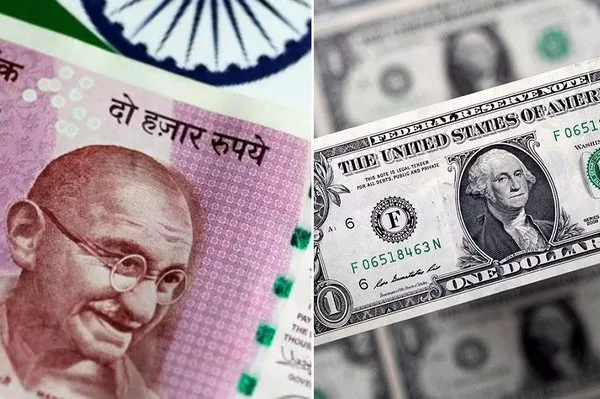The Confederate 10-dollar bill, a relic from the American Civil War era, serves as a tangible link to a tumultuous period in the nation’s history. Issued by the Confederate States of America, this currency featured prominent figures on its face, reflecting the ideals and aspirations of the seceded states during the war. In this article, we delve into the individuals whose portraits graced the Confederate 10-dollar bill, shedding light on the historical context and the significance of these figures.
Jefferson Davis: The Face of the Confederacy
The most iconic figure on the Confederate 10-dollar bill is Jefferson Davis, who served as the President of the Confederate States of America throughout its existence from 1861 to 1865. Born in Kentucky in 1808, Davis had a distinguished military and political career before the Civil War. He served in the United States Army, notably as the Secretary of War under President Franklin Pierce, showcasing his leadership capabilities.
As the President of the Confederacy, Davis faced the daunting task of leading a newly formed nation through a devastating war. His portrait on the 10-dollar bill symbolizes the Confederacy’s commitment to its cause and its pursuit of independence. Despite the ultimate defeat of the Confederacy, Davis’s legacy endures as a symbol of Southern pride and resilience.
Alexander Hamilton Stephens: The Vice President
Sharing the spotlight on the Confederate 10-dollar bill is Alexander Hamilton Stephens, who served as the Vice President of the Confederate States of America. Born in Georgia in 1812, Stephens was a key political figure in the pre-war era and played a crucial role in the formation of the Confederacy.
Stephens was known for his intellect and oratory skills, and he was a staunch advocate for states’ rights. His famous “Cornerstone Speech” emphasized the role of slavery as the cornerstone of the Confederacy. Stephens believed in the constitutional right of states to determine their own destiny, a sentiment echoed in his portrait on the 10-dollar bill.
The Presence of African Americans on Confederate Currency
An intriguing aspect of the Confederate 10-dollar bill is the depiction of African Americans on the reverse side. Unlike the United States currency at the time, which prominently featured images of enslaved individuals serving white elites, the Confederate currency took a different approach.
The reverse side of the 10-dollar bill features an image of an enslaved African American working in the field. This depiction serves as a stark reminder of the Confederacy’s reliance on slavery as an economic institution. It reflects the stark contrast between the North and the South in terms of their economic systems and societal structures.
The decision to include these images on Confederate currency is a testament to the significance of slavery in the Southern economy and the belief in the institution as a cornerstone of Southern society. It also highlights the irony that a currency featuring enslaved individuals was used as a medium of exchange during a war fought to preserve the institution of slavery.
The Legacy and Controversy Surrounding Confederate Currency
The use of Confederate currency, with its prominent portraits and symbolic imagery, has sparked debates and controversies in the present day. Some argue that preserving these historical artifacts is crucial for understanding the complexities of the nation’s past, while others view them as symbols of oppression and racism.
The inclusion of figures like Jefferson Davis and Alexander Hamilton Stephens on Confederate currency has become a focal point in discussions about historical memory and the glorification of the Confederacy. Critics argue that featuring these individuals on currency perpetuates a romanticized view of the Confederacy, ignoring the atrocities committed in the name of preserving slavery.
Conversely, proponents of preserving Confederate currency argue that it serves as a tangible reminder of a critical period in American history. They contend that erasing these artifacts would be a form of historical revisionism, preventing future generations from fully understanding the complexities and consequences of the Civil War.
See Also How Much Is A 1976 Two Dollar Bill Worth
Conclusion
The Confederate 10-dollar bill stands as a unique artifact that encapsulates the ideals, leaders, and economic systems of the Confederate States of America during the Civil War. The portraits of Jefferson Davis and Alexander Hamilton Stephens, along with the imagery on the reverse side, provide a window into the past and a means of exploring the complexities of the Confederate legacy.
As society grapples with questions of historical memory and the preservation of controversial symbols, the Confederate 10-dollar bill continues to evoke diverse perspectives. Whether viewed as a historical relic, a symbol of oppression, or a reminder of a tumultuous period, this currency remains a tangible connection to a chapter in American history that continues to shape the nation’s identity.


